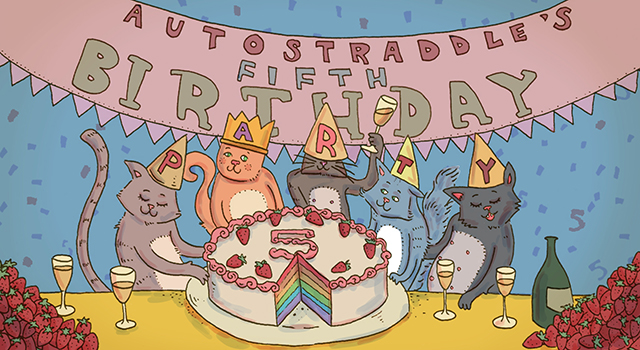
We’re celebrating Autostraddle’s Fifth Birthday all month long by publishing a bunch of Top Fives. This is one of them!
I had done it. I finally admitted that my fascination with Beyoncé’s badonkadonk was more than just envy, that South of Nowhere was (and still is) the shit and that there was a reason I had had to schedule and rationalize my crushes on men.
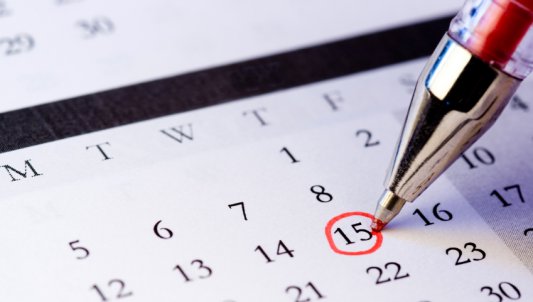
“I’m gay!” I screamed out of my freshman dorm window to the hetero world beyond my door.
“I’m gay!” I announced walking into my university’s LGBTQ Center, which I found with no difficulties because my gaydar was updated and activated upon self-awareness of my sexual orientation.
“I’m gay!” I stated whenever anyone asked my name, an assertion that I hoped would cause any gay within a five-foot radius to applaud and throw glitter.
Those kinds of dreams about my coming out process helped me cope with the bitter reality of being a rainbow in a very cloudy world… so to speak. Suddenly I was dealing with a lot of gay thoughts I had suppressed, and was realizing that the rest of the world was not as excited about my sexuality. Stepping into my queerness was terrifying but survivable. Here are some ways I learned to embrace my queer ladyhood.
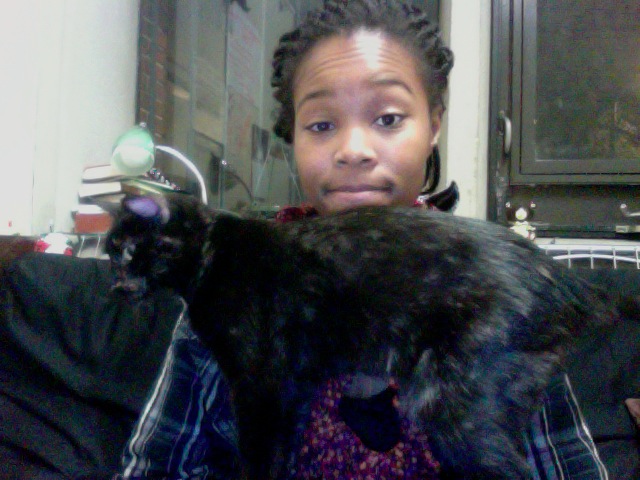
1. Plaid
Seriously. I started searching for plaid things. Maybe this makes me a stereotype, but plaid button-downs are really comfortable and they serve to connect me to all of lesbiankind throughout history. Some days, I really just needed to curl up in a cozy plaid jacket and have all the homo feelings. Some days, I didn’t want to or couldn’t choose if I was feeling more femme or butch (not that I had to be either) so I put on the plaid and let the print speak for itself.

2. Watch all the queer things. Read all the queer things.
In all of the stories I could recall, a happy ending meant that the cis-man and the cis-woman fell in love, got married, and had three kids and a dog. I realized that not knowing any stories that reflected my identities or sounded like a future I wanted or could have contribute to my despair. I felt that I was abnormal and could never deserve a happy ending. Instead, I started reading books like The Color Purple and The Nearest Exit May Be Behind You, watching TV shows and web series like Between Women and Pretty Little Liars (the gayest show ever), and watching movies like Pariah and The Incredibly True Adventure of Two Girls in Love. Also Autostraddle, of course. I consumed everything about gay people, bi people, trans* people, queer people of color, poor and queer people, and queer people with disabilities. Sometimes I even forgot that straight people were real! I had felt insecure about my sexuality because I always saw it as strange or in opposition to heterosexuality. Seeing myself in the literature I read, in the TV shows I watched, and in the movies I saw made my queerness real and its own kind of normal.

3. Chocolate
I’m pretty sure chocolate identifies as queer. Chocolate got me through my first break-up with another woman. Chocolate sustained my straight girl crushes… until said crushes admitted that they were probably gonna stick with being straight. (How do you even say no to a queer lady with chocolate?) One of my gay best friends and I would split chocolate bars and gossip about anything LGBTQ+. Even if chocolate isn’t queer, it’s a great ally.
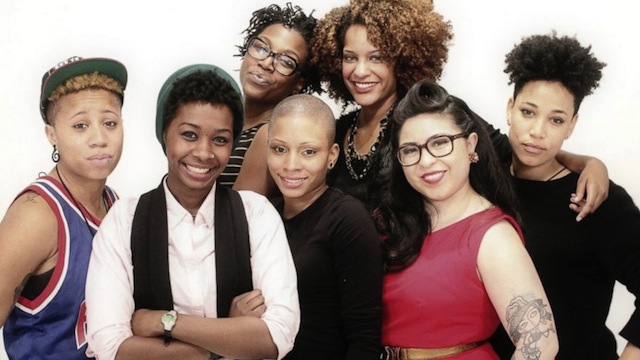
4. Perspective
In the beginning of my queer journey, I found myself anguishing over how hard it is to be a lesbian. Without a doubt, being queer can be really hard; compounded with other elements like race, gender, class, and ability, queerness can seem more like a punishment than an identity. I had to practice counting my blessings. For one, coming out meant that for the first time I was embracing every part of myself — not just the parts of me that are societally acceptable. Baby dykedom meant that everything was new and exciting — from the feelings I experienced to the people I met as a result of how I identified. My journey also meant that as I explored the realm of romance, romantic rejection just offered me a new platonic girlfriend instead of a new love interest. Not to mention that gaying up my life meant that I was suddenly surrounded by lots of beautiful, uniquely-styled people. Being queer is definitely a struggle, but celebrating the joys and triumphs in my baby dyke experience helped me to understand that queerness is not a bottomless pit of despair.
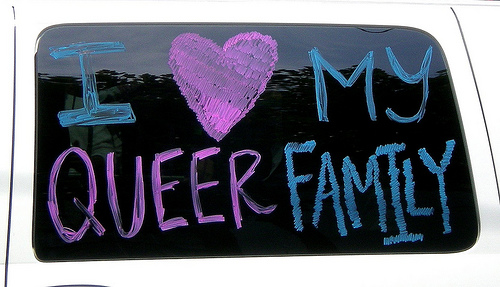
5. Embracing My New Queer Family.
Misery loves company. Queers love a party. I’m not alone. Baby dykes are literally everywhere! Why? Because we all start somewhere, and the experience of “wondering if getting coffee with the cute girl from Intro the Gender and Sexuality is a date” has been experienced by brand-new gays for centuries. I am not the first brand-new queer to wonder if it’s still called an alternative lifestyle haircut when straight people are getting it, too. (I see you undercut.) Also, the other queer people I met throughout my baby dyke journey were the best support systems I could have ever asked for. I brought all of my baby dyke questions to them and they offered advice and insight without fail. They were and still are my family when my biological kin are less than supportive. They are the shoulders I cry on and the human pillows I cuddle with. They are my dance partners, but they also challenge my beliefs just when I think I’ve got it all figured out. They inspire me every day and remind me that there’s no shame in being a baby dyke.
There is more than one way to be a baby dyke. Some baby dykes watch the The L Word. Some spend Saturday nights at lesbian bars awkwardly staring at women they are too shy to approach. Some skip right to adult queer womanhood. What I take away the most from my baby dykedom is that I must revel in all that I am and to let myself feel exactly how I feel without judgment. There is indeed no shame in who I am.
Special Note: Autostraddle’s “First Person” column exists for individual queer ladies to tell their own personal stories and share compelling experiences. These personal essays do not necessarily reflect the ideals of Autostraddle or its editors, nor do any First Person writers intend to speak on behalf of anyone other than themselves. First Person writers are simply speaking honestly from their own hearts.
Header Image by Rory Midhani







